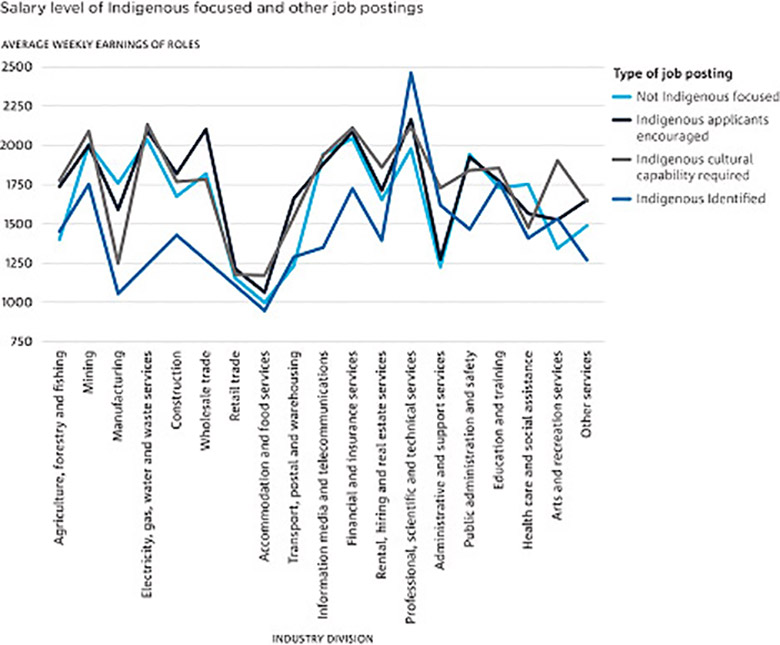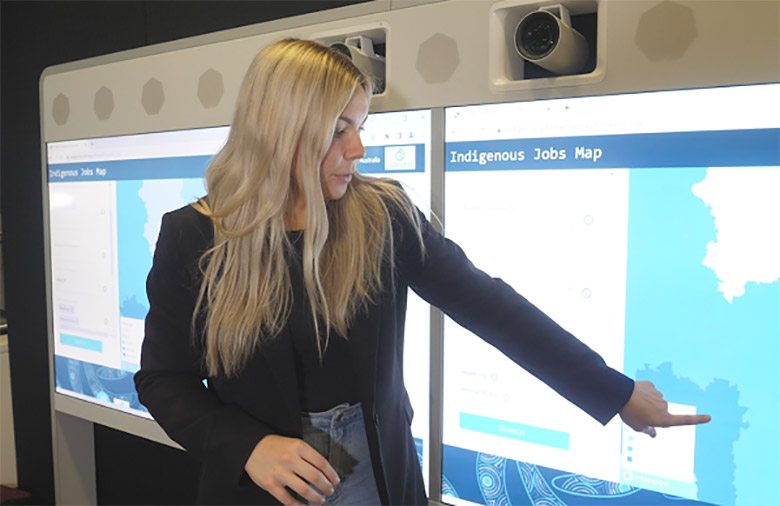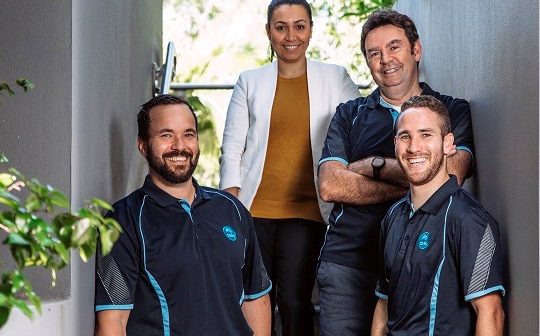
Powerful insights to support Indigenous representation in the workforce have been released by CSIRO, Australia’s national science agency.
The research uses artificial intelligence (AI) powered analytics to identify areas of misalignment between employers seeking to recruit Indigenous talent and the profile of the Indigenous workforce.
It draws on big data collated for the Indigenous Jobs Map, a free online platform created by CSIRO to help employers match their recruitment strategies to the career paths of Aboriginal and Torres Strait Islander job seekers and students.
Executive Manager of CSIRO’s Indigenous Engagement Office and Indigenous Jobs Map Steering Committee Member, Louisa Warren, said employers seeking Aboriginal and Torres Strait Islander candidates can use the insights to develop targeted employment strategies.

“Although Identified and cultural capability required roles doubled over the past six years, this demand could be better met through attention to the location and qualifications of Indigenous workers across the nation,” Ms Warren said.
“Targeted strategies could include offering remote work to attract people who would like to stay on Country connected with their community, or creating roles in fields where qualified Indigenous workers are well-represented but demand is lower – fields such as Architecture and Building, and Agriculture and Environment.”
The map uses AI and natural language processing to analyse data from all job ads posted on Adzuna Australia between 2016 and 2020, the Australian Bureau of Statistics Census, and training and higher education completions.
An Indigenous-led working group informed the Indigenous Jobs Map, incorporating members’ diverse experiences, knowledge and skills.

CEO and Founder of Indigenous tech consulting service Land on Heart and working group member Lisa Sarago provided advice and expertise on Indigenous recruitment and employment barriers, challenges and successes.
“I believe the Indigenous Jobs Map is the first of its kind,” Ms Sarago said.
“An ambitious but necessary project which will hopefully provide the blueprint for other sectors and industries.
“It will improve access to information on employment and further increase the visibility of employment opportunities for Indigenous students.”
The ability to use AI and big data to support organisations’ Reconciliation Action Plan objectives drove the creation of the platform, said lead researcher Dr Claire Mason.

“While the data shows strong growth in demand for Indigenous talent in the market, these postings are concentrated in three sectors and one occupation group – community and personal service workers,” Dr Mason said.
“We also discovered that certain sectors, like arts and recreation, offer well-paid and high-skilled roles for Indigenous workers, but in most industries, Identified job postings were for low-skill and less well-paid roles.
“To support employment outcomes for Indigenous Australians, high-quality roles with opportunities for development and training need to be offered across a more diverse range of industry sectors.”
The Indigenous Jobs Map is also available for use by students and job seekers, who can search the platform to identify areas of market demand for their skills.
The map can be searched by industry and geographic location and offers insight into the types of formal qualifications sought by employers.






